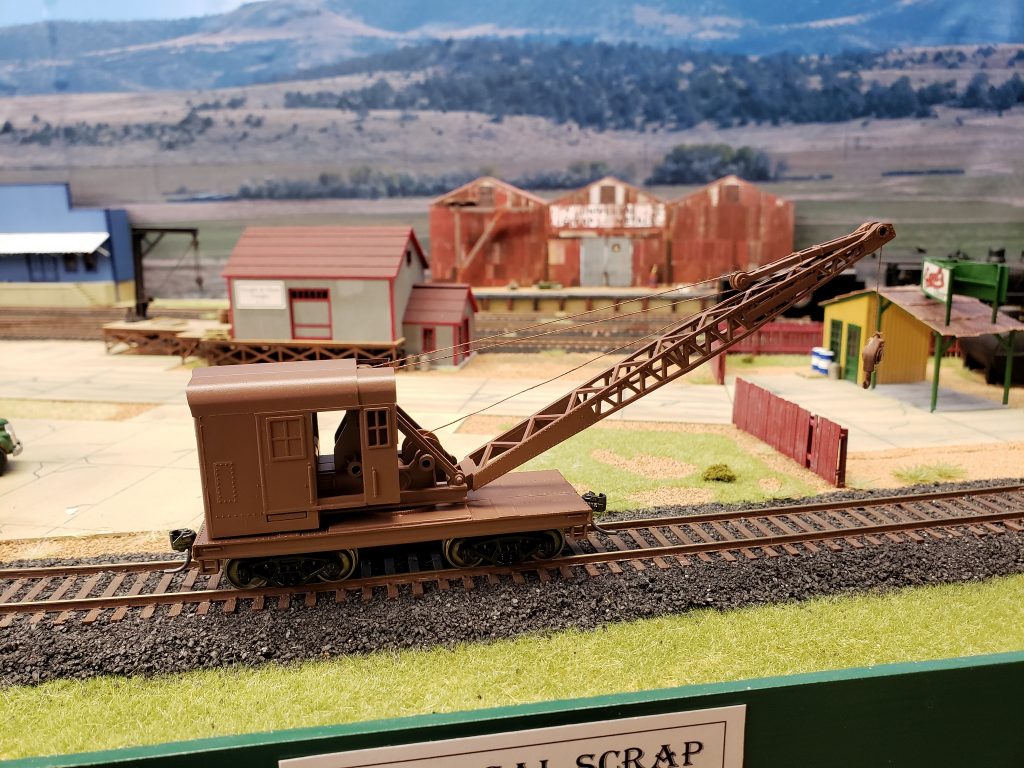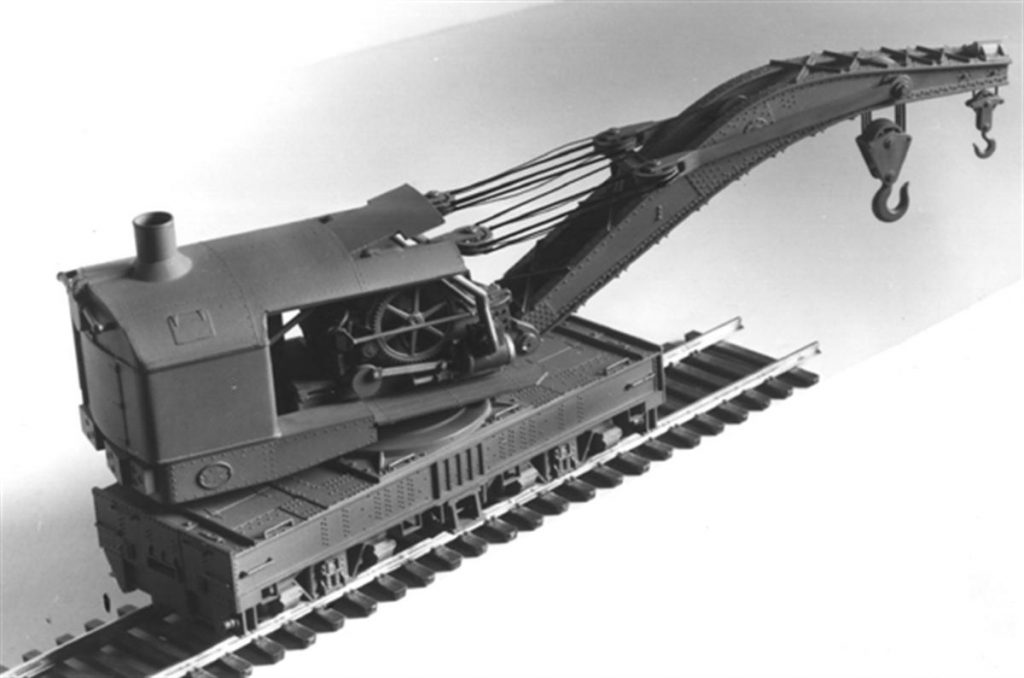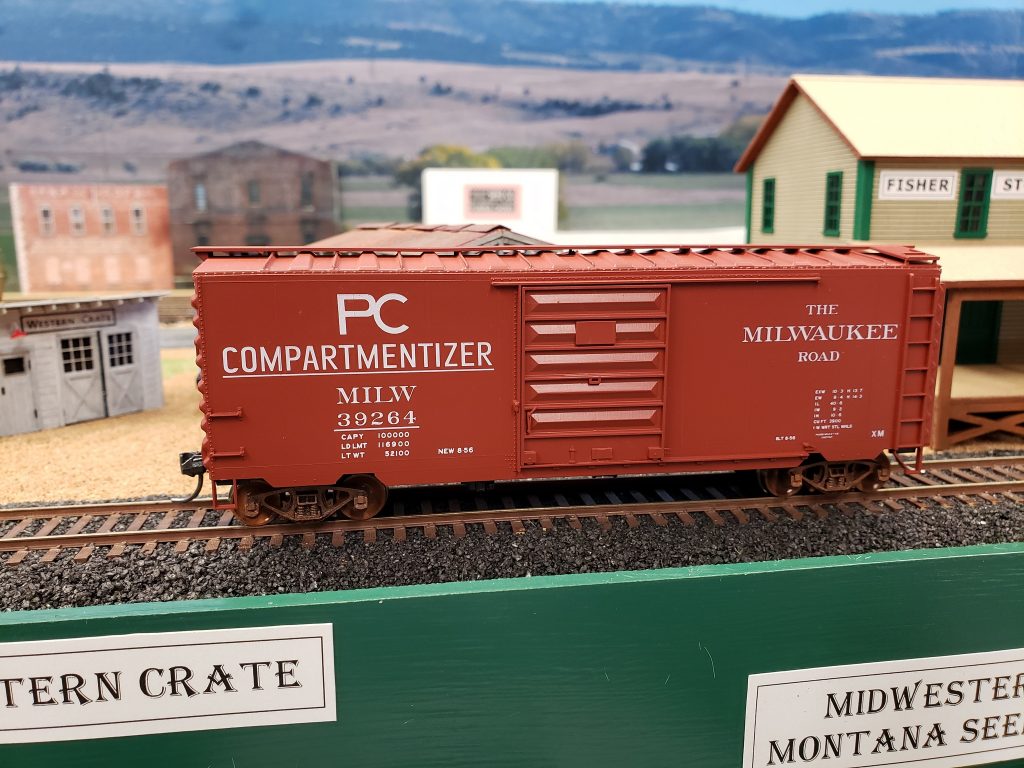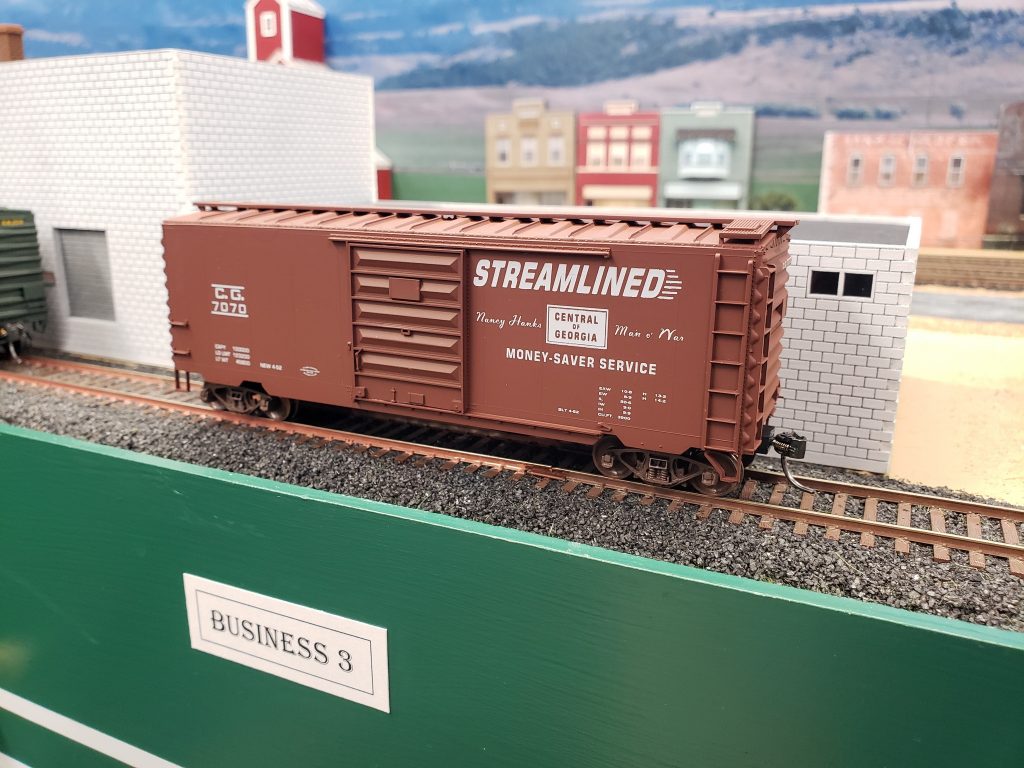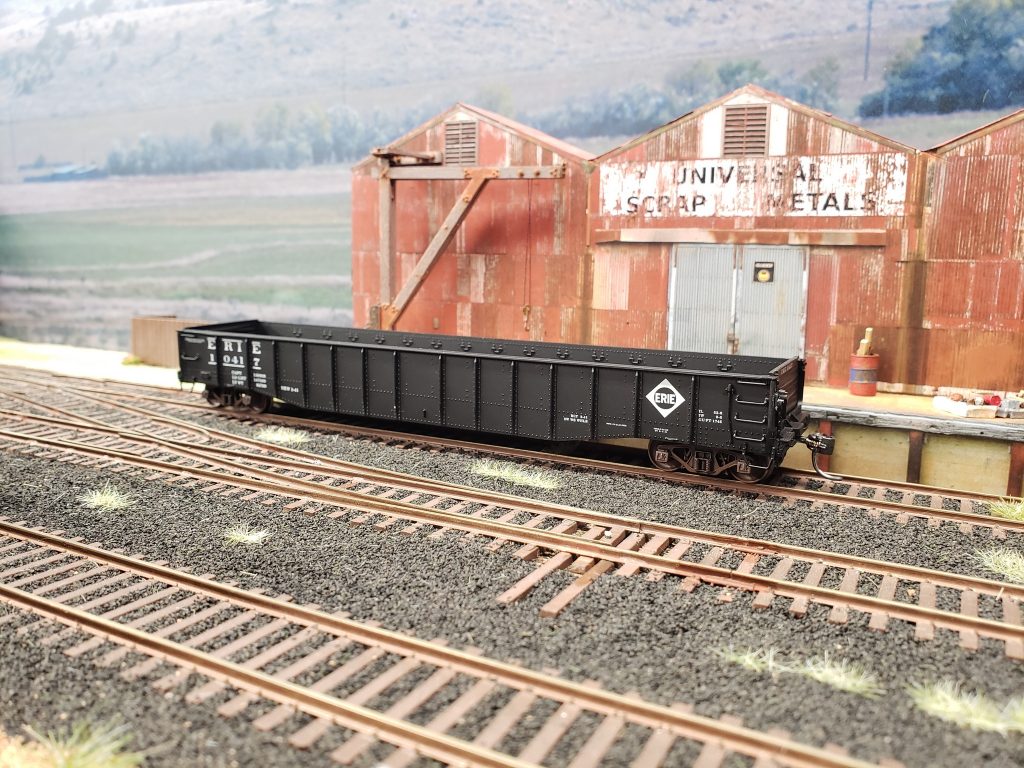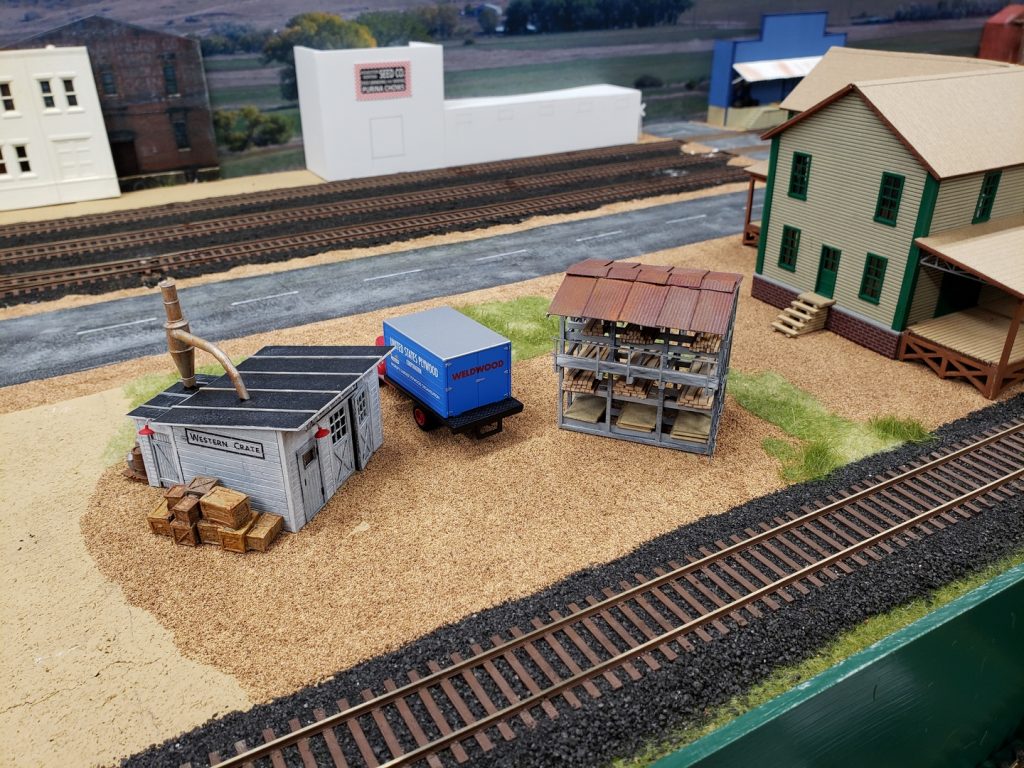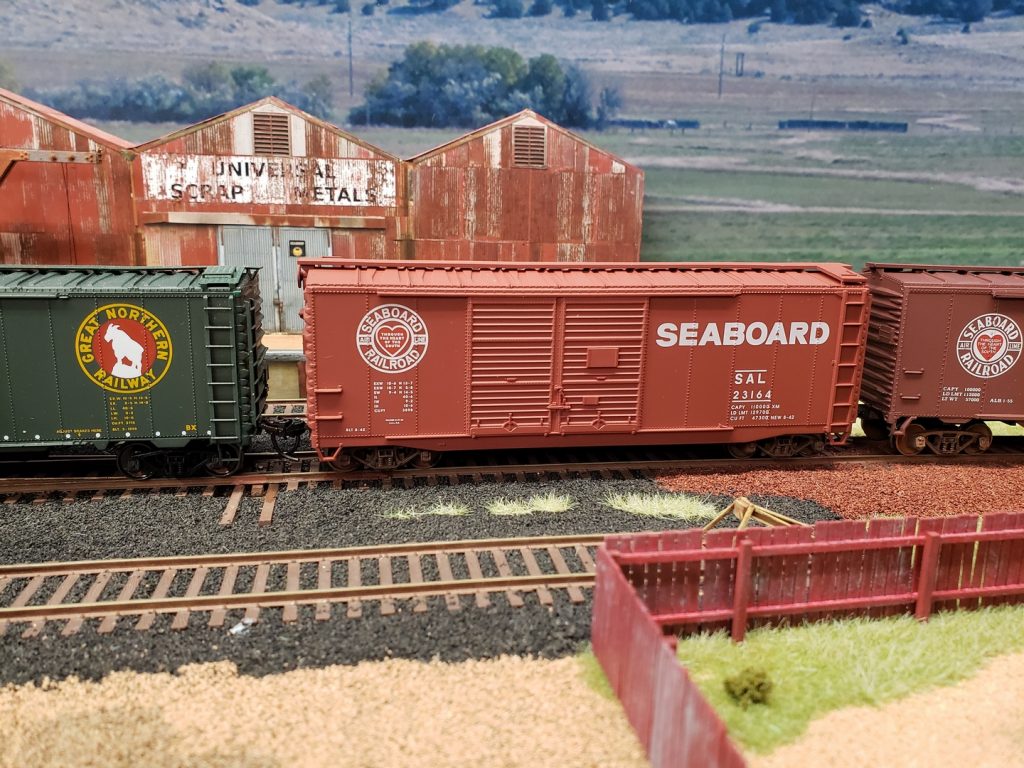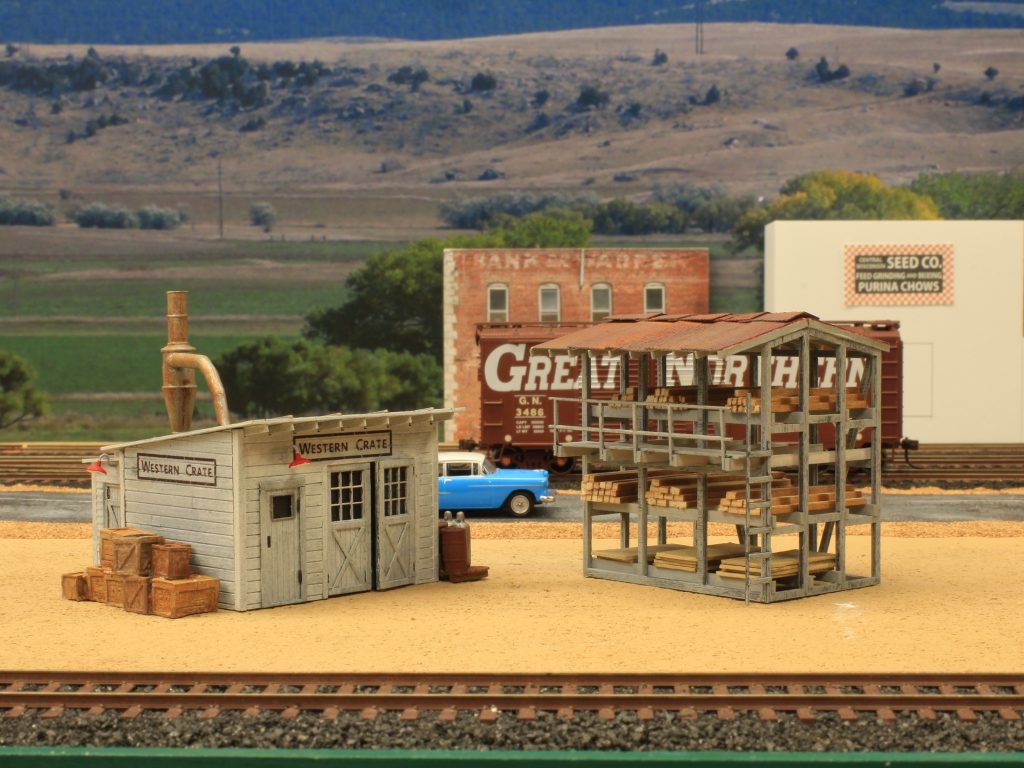Well, I haven’t made a build update for a long time. And there is a reason for that. My hand built turnouts are giving me troubles and I got disgusted and stopped working on the layout.
If you read my other posts you’ll see I didn’t stop railroading, I just switched over to building freight cars and trucks for a while.
This weekend I finally bit the bullet and repaired the three broken turnouts. The problem I’m having is my point rails keep coming unsoldered from the throw bar. I bought some Tix silver solder to see if that would be stronger, but I could not get it to adhere well at all. It melted and flowed but as soon as it cooled it would break loose. Maybe the remains of the regular solder were contaminating it? I don’t know.
So I made new throw bars, cleaned them really well, fluxed them, and then installed them with regular solder. I also had to repair a couple of the Bull Frog switch machines that weren’t glued very well when I built them.
But now all my turnouts are working – mostly. They don’t all throw completely all the time, so you have to help them along a little. I’m still not sure what that’s about.
But at least I can start working on scenery again now. And I ran my trains around for a while last night, so that’s good.
The three year plan has us moving to a different house and the new house will have a larger train room. I didn’t think I’d miss having a complete loop to run the trains on, but sometimes I’d just like to watch them run, so the next layout will have a complete circuit.
And I’ll take more care building the turnouts.
